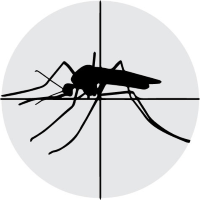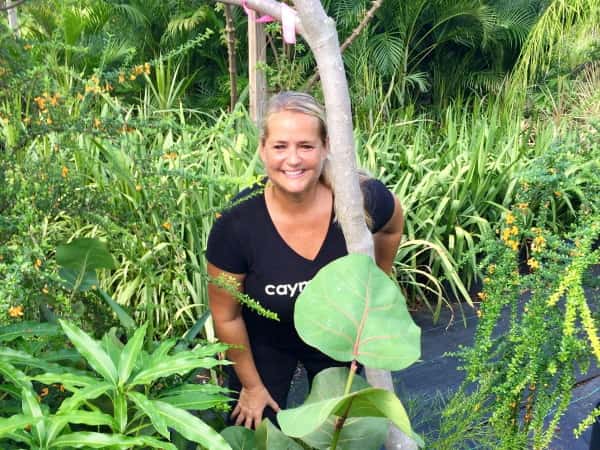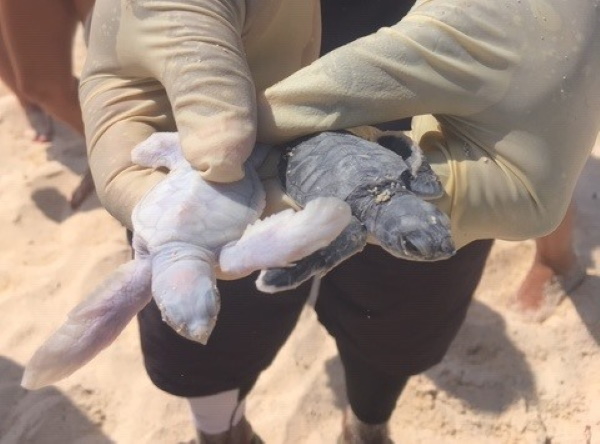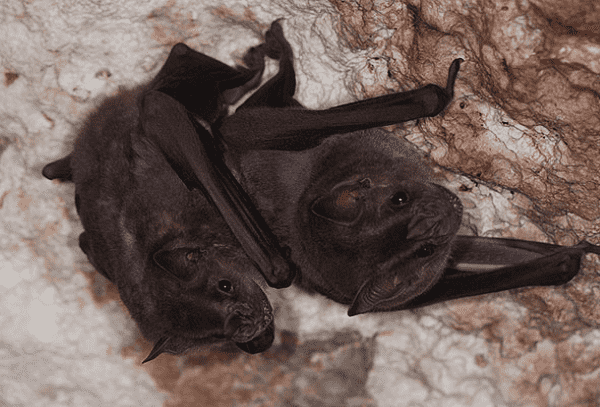
We love the Cayman Islands and people and we visit almost every year to enjoy our hard-earned and long-awaited vacations. Later this year we have reservations for accommodations on the East End of Grand Cayman and also on the Sister Islands.
We understand that the heavy influx of Sargassum seaweed this year is a problem not only for Cayman but also across many areas of the Caribbean and Central America. In addition, we recognise that there are delicate environmental protection and balance issues that must be considered when attempting to manage a large-scale environmental disaster. And we realise that there may be additional heavy influxes of sargassum in the future – and that there are no guarantees that we can expect a seaweed-free vacation.
But having accepted all of the above, we still wonder what is the status of the current Sargassum clean-up plans for Grand Cayman and the Sister Islands? What is being done to address the situation now and to prevent/manage future heavy influxes of this ugly, foul-smelling seaweed?
Auntie’s answer: You are certainly not alone in your dislike of this seaweed that assaults Cayman’s beaches. The government is looking to come up with a long-term, multi-agency solution to this problem, but that would be of little comfort as you plan your visit here for later this year.
I reached out to the Department of Environment (DoE) to find out how they deal with Sargassum on a more-immediate basis. The current influx is affecting the south coasts of Grand Cayman, Cayman Brac and Little Cayman, a DoE official explained. The Recreation, Parks and Cemeteries Unit, under the Ministry of Planning, is “working hard to ensure that all government beaches, launching ramps and docks are clear of Sargassum and private beach-cleaning businesses have been responding to calls from the private sector”.
In addition, “some tourism properties have acquired their own beach-cleaning equipment and are operating under general guidelines provided by the Department of Environment”. While I don’t know if that includes the accommodation you will be using in East End and on the Sister Islands, there is a process in place when the Sargassum hits the beaches here, though I cannot say definitively how long it will take to remove the seaweed.
To offer some context, though, the overriding concern is not the stench or look of the seaweed but whether it has taken over a beach where turtles are nesting. “The timing of major Sargassum events often coincides with peak sea turtle nesting on Cayman Islands beaches,” the official explained. Therefore, the DoE has worked with other relevant government agencies, such as the Department of Planning, “to develop a rapid-response protocol for severely impacted beaches”.
The major consideration is to ensure that the cleaning method used for the beach is appropriate to the scale of the problem, does not remove excessive amounts of sand and does not damage or interfere with sea turtle nests.
“Our turtle nesting monitoring programme collects daily data on the presence and exact location (with GPS coordinates) of turtle nests on our beaches,” the official explained, so when a tourism property asks the DoE for permission to clear Sargassum from a beach, the department can cross check the location with the data collected on the location of turtle nests. That enables the DoE to respond to requests to clean a beach in less than 24 hours.
“If there are nests present in the area to be cleaned we will ensure that the location of the nest is clearly marked so that beach-cleaning equipment does not inadvertently compact or crush the nest,” the official said.
The department will also confirm whether the property will employ manual labour for the clean-up or if equipment is involved, what type will be used and what company will be doing the work, if that has been decided. “So, when we issue permission (a letter) we already have an idea of how they will undertake the cleaning, whether there are active nests at the location and will include relevant conditions. This is the process that we get through in under 24 hours. Having worked with us now for a number of years, most tourism properties are familiar with the process.”
The DoE has also worked with the Gulf and Caribbean Fisheries Institute on a poster which provides guidance to all beachfront property owners on how to respond to a Sargassum influx, which you can read here.
So, while I cannot guarantee that the beach you will be using in Cayman will be free of Sargassum, and nothing can really be done to prevent the influx of this seaweed, there are processes in place to clear up the problem on our shores as fast as possible.
Send questions to auntie@caymannewsservice.com
or leave your question in the comment section of any article






Of course people are responsible for maintaining and repairing their own property under normal circumstances, but this is a major environmental disaster and private individuals can’t take care of it all themselves. They deserve and expect to get some help from their government – and they pay taxes too!
If your business and income depends on providing good experiences for visitors then a ruined vacation is very important. People travel to Cayman to enjoy the beautiful outdoor environment and that mostly means sea, beach, watersports, diving, and snorkeling. The government needs to understand the importance of maintaining that beautiful environment and they need to clean up the mess and put a practical plan in place to quickly deal with sargassum in the future.
“If your business and income depends on providing good experiences for visitors” – then clean up your hotel beach yourself, its not Government’s job to take my taxes to do it.
Plans are in hand to clean up as fast as possible?
Look at the beach across from Lantern Point (Prospect Point Road) accessed through several brown beach access signed paths. I used to walk my dog there but nothing & I repeat nothing, has been done to clear that beach of the vast amounts of weed. Far, far worse than along the south sound boardwalk, but of course that is way more visible so there’s been some weed removed there.
Private property. Up to them if they want to remove the weed or leave it to stay.
you can’t stop it…we have poisoned our environment and this is the payback….
Agree, the horse is out of the barn. Only nature itself can fix it and it could take decades if not a century.
Besides, sargassum is a nuisance for people, but on the larger scale of things we don’t know if this is how nature mitigates problems world’s oceans facing today: plastic, pollution, overexploitation of fishing resources, acidification and coral bleaching, temperature rise ,etc.
Oceans are losing oxygen and becoming more hostile to life. Ruined vacations and year around need for clean-ups is a negligible price to pay.